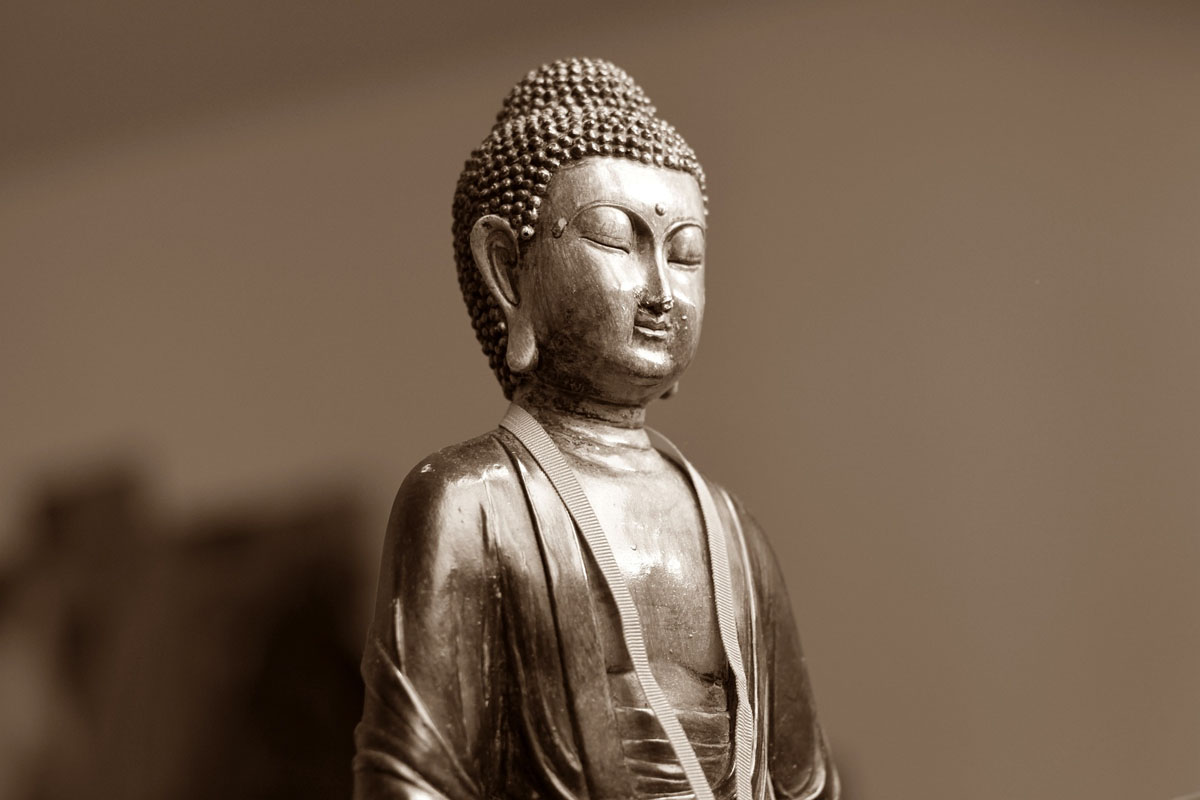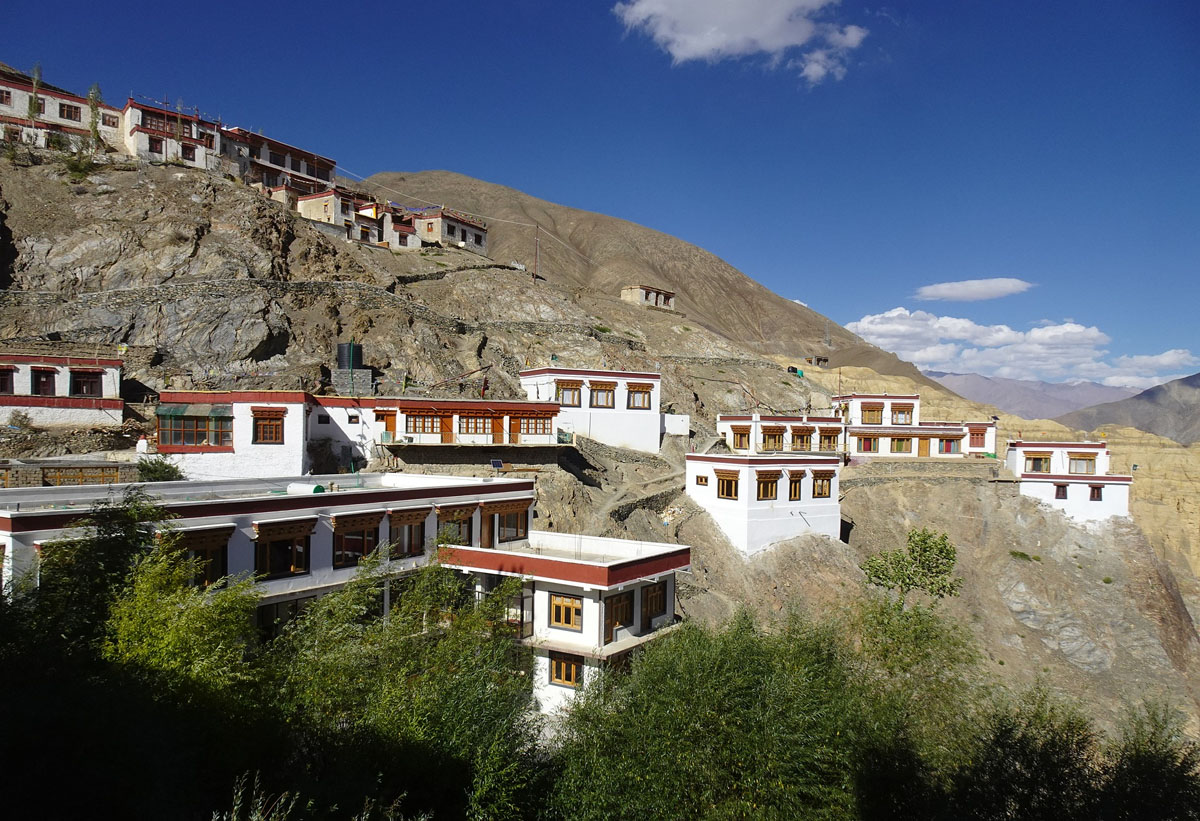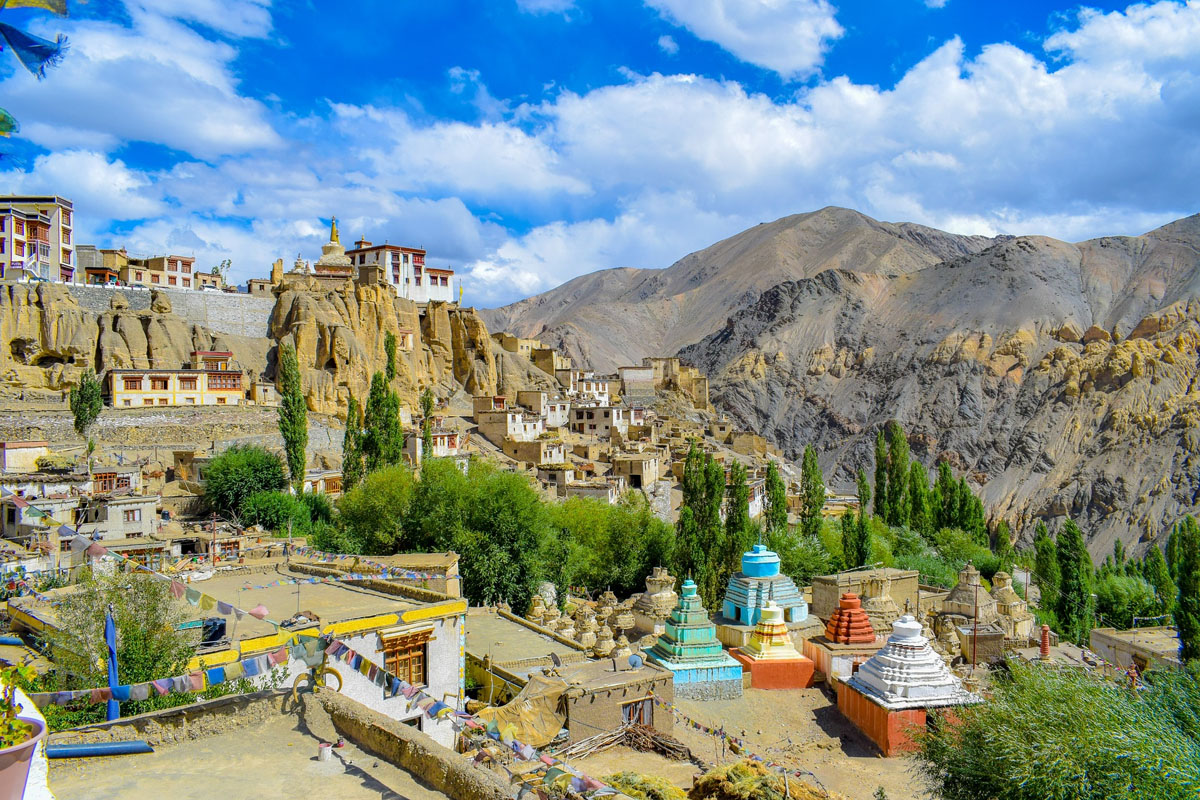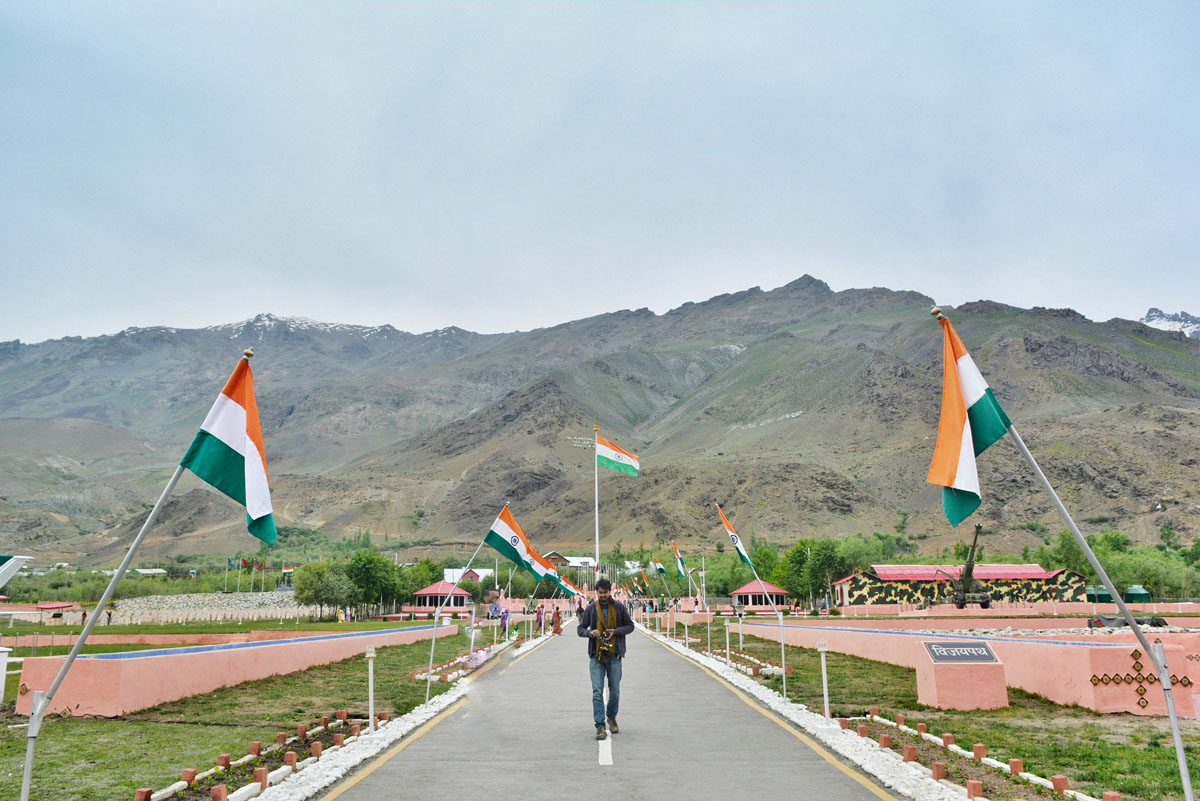The history of Jammu and Kashmir is complex and multifaceted, marked by centuries of cultural, political, and territorial changes. It is a region located in the northern part of the Indian subcontinent, and its history has been shaped by various dynasties, empires, and conflicts. Here’s a comprehensive overview of the history of Jammu and Kashmir
Ancient History
Ancient Civilizations and Early Settlements
The Indus Valley Civilization, which thrived from approximately 3300 to 1300 BCE, encompassed certain regions of present-day Jammu and Kashmir. Through archaeological excavations, evidence of Indus Valley sites in the area has been uncovered, indicating early human habitation.
Vedic Period
During the Vedic Era, spanning from around 1500 to 500 BCE, the texts of the Rigveda make mention of the region that corresponds to modern-day Jammu and Kashmir. Throughout this period, the area was inhabited by various tribes and communities.
Rise of Empires and Dynasties
Mauryan Empire
From 322 to 185 BCE, Jammu and Kashmir became a part of the Mauryan Empire under the rule of Emperor Ashoka. This period witnessed cultural and economic prosperity in the region.
Kushan Empire
During the 1st to 3rd century CE, parts of Jammu and Kashmir were included within the expansive Kushan Empire, renowned for its cultural and economic achievements. The area served as a significant center for trade and cultural exchange.
Gupta Empire
From the 4th to 6th century CE, the Gupta Dynasty exerted influence over Kashmir, contributing to the cultural and artistic growth of the region.
The propagation of Buddhism and Hinduism
Buddhism: The ancient era witnessed a thriving growth of Buddhism in the Kashmir Valley. Numerous Buddhist monasteries and stupas were erected in the area, serving as tangible evidence of the prevalence and impact of Buddhism.
Hinduism: Additionally, Kashmir emerged as a prominent hub for Hinduism, witnessing the construction of numerous temples that showcased the harmonious amalgamation of diverse cultural and religious customs.
Medieval Period
During the medieval period, the arrival of Muslim rulers led to the spread of Islam in the region. The Mughals and later the Afghan rulers exerted significant influence in Kashmir during this time.
Modern Era
In the early 19th century, the Sikh Empire, under the leadership of Maharaja Ranjit Singh, annexed Kashmir. Following the defeat of the Sikhs in the First Anglo-Sikh War, the region came under the rule of the Dogra dynasty from the mid-19th century until 1947. The Dogra rulers were aligned with the British, and Kashmir remained a princely state under British suzerainty.
Post-Independence Period
After India gained independence from British rule in 1947, the princely state of Jammu and Kashmir had the option to accede to either India or Pakistan. Maharaja Hari Singh, the then-ruler, chose to accede to India, leading to a conflict between India and Pakistan and the eventual division of the state into parts administered by both countries.
Buddhist Period
The history of Buddhism in the region of Jammu and Kashmir in India dates back to ancient times. The region has a rich Buddhist heritage, with several significant sites associated with Buddhism. During the Buddhist period, which is generally considered to be around the 3rd century BCE to the 10th century CE, Buddhism flourished in various parts of the Indian subcontinent, including Jammu and Kashmir.

One of the most famous Buddhist sites in Jammu and Kashmir is the ancient city of Taxila, which is now in modern-day Pakistan but was once part of the region. Taxila was an important center of learning and trade during the Buddhist period and attracted scholars and monks from different parts of the world.

Additionally, there are several Buddhist monasteries and stupas in the Ladakh region of Jammu and Kashmir, which have historical and cultural significance. Ladakh has a strong Buddhist influence, and the majority of the population in this region practices Tibetan Buddhism. Monasteries such as Hemis, Thiksey, and Diskit are well-known Buddhist sites in Ladakh.

The spread of Buddhism in Jammu and Kashmir was influenced by the efforts of various Buddhist missionaries and scholars. Over the centuries, Buddhism gradually declined in the region, especially after the spread of Islam. However, the cultural and historical impact of Buddhism can still be seen in the art, architecture, and way of life in certain parts of Jammu and Kashmir, particularly in Ladakh.
The Rule of Maharaja Gulab Singh
Maharaja Gulab Singh was a prominent ruler in the region of Jammu and Kashmir during the 19th century. He held the esteemed position of being the founder and the first Maharaja of the princely state of Jammu and Kashmir, which came into existence subsequent to the First Anglo-Sikh War in 1846.
Following the defeat of the Sikh Empire in the First Anglo-Sikh War, the Treaty of Amritsar was executed on March 9, 1846, between the British East India Company and Maharaja Gulab Singh. This treaty stipulated that Gulab Singh would make a substantial monetary payment to the British, and in return, he would be acknowledged as the autonomous ruler of Jammu and Kashmir. Additionally, the territories of Gilgit, Baltistan, and certain parts of Ladakh were also relinquished to Gulab Singh.
During the reign of Maharaja Gulab Singh, Jammu and Kashmir experienced a period of relative stability and economic prosperity. He implemented numerous administrative reforms and actively promoted trade and agriculture within the region. However, his rule was also characterized by a rigid social hierarchy and burdensome taxation, which generated discontent among the local populace.
The governance of Maharaja Gulab Singh laid the groundwork for the princely state of Jammu and Kashmir, which endured until the partition of India in 1947. Following partition, the Maharaja faced a challenging decision regarding whether to align with India, Pakistan, or maintain independence. Ultimately, he chose to accede to India, thereby initiating a series of conflicts and the ongoing territorial dispute between India and Pakistan over Kashmir.
Independence and the Kashmir Conflict
In 1947, when India gained independence from British colonial rule, Maharaja Hari Singh, the then-ruler of Jammu and Kashmir, was faced with a choice of whether to join India, Pakistan, or remain independent.
A tribal invasion from Pakistan led to Hari Singh’s decision to accede to India, leading to the Indo-Pakistani War of 1947-48.
The war resulted in the division of Jammu and Kashmir, with India controlling the majority of the region and Pakistan administering Azad Jammu and Kashmir and Gilgit-Baltistan.
Ongoing Conflict
The Kashmir conflict has been a persistent issue between India and Pakistan, leading to multiple wars and skirmishes.
The Line of Control (LoC) now divides the region into Indian-administered Jammu and Kashmir and Pakistan-administered territories.
Special Status and Revocation
Jammu and Kashmir (J&K) was a region in India with special status under Article 370 of the Indian Constitution. This special status granted the state a certain degree of autonomy, allowing it to have its own constitution and decision-making powers, except in matters related to defense, foreign affairs, finance, and communications.
However, on August 5, 2019, the Government of India, led by Prime Minister NarendraModi, announced the abrogation of Article 370 and the bifurcation of the state into two union territories: Jammu and Kashmir, and Ladakh. This decision was met with mixed reactions and led to significant political and social changes in the region.
Following the revocation of Article 370, the special status of Jammu and Kashmir was effectively revoked, and the region was integrated into the Indian Union more closely, similar to other states and union territories in India. The move was accompanied by significant security measures, including the deployment of additional troops and communication restrictions, to maintain law and order in the region.
The history of Jammu and Kashmir remains a contentious and sensitive topic due to the ongoing political conflicts and territorial disputes between India and Pakistan. The region’s history is deeply intertwined with its complex geopolitical situation, and efforts continue to find a peaceful resolution to the long-standing disputes in the area.
The term “POK” often refers to “Pakistan-occupied Kashmir,” a region that has been a subject of territorial dispute and conflict between India and Pakistan since their independence in 1947.
Here is a brief history of POK
Pre-Independence: Before the partition of British India in 1947, the region now known as POK was part of the princely state of Jammu and Kashmir. At the time of partition, the Maharaja of Jammu and Kashmir, Hari Singh, was given the choice of joining either India or Pakistan, as the princely states had the option to accede to either of the newly formed nations. Maharaja Hari Singh chose to accede to India, leading to the First Kashmir War.
First Kashmir War (1947-1948): Following Hari Singh’s accession to India, tribal militias supported by Pakistan invaded Jammu and Kashmir, leading to the outbreak of the First Kashmir War. India sought military assistance from the Indian government, and this conflict ultimately resulted in the establishment of the Line of Control (LoC), which divided the region into areas administered by India (Jammu and Kashmir) and Pakistan (POK and Gilgit-Baltistan).
Ceasefire and Division: The First Kashmir War ended in a ceasefire in 1948, brokered by the United Nations. As a result, Pakistan gained control of a significant portion of the region, which became known as Pakistan-occupied Kashmir (POK). India retained control over the larger part of Jammu and Kashmir.
Continuing Conflict: The dispute over Jammu and Kashmir has led to several wars and skirmishes between India and Pakistan, notably in 1965 and 1999. Despite international efforts to find a peaceful resolution, the issue remains unresolved.

Administrative Status: Pakistan administers POK as a self-governing territory, although it is not fully integrated into Pakistan’s legal and administrative framework. It has its own president, prime minister, and legislative assembly.
Indian Perspective: India considers POK and Gilgit-Baltistan to be an integral part of its territory and views the presence of Pakistani forces in these regions as an occupation.
International Involvement: The dispute over POK and Jammu and Kashmir has attracted international attention, with the United Nations passing resolutions calling for a plebiscite to determine the region’s future. However, no such plebiscite has been held to date.
The status of POK and the broader Kashmir dispute remain contentious issues in South Asia, and efforts to find a lasting solution have so far been unsuccessful, leading to ongoing tensions between India and Pakistan.




